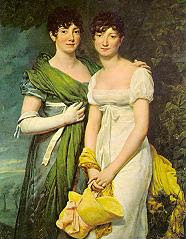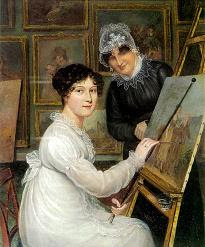…using Regency as a search term.
First, not so much of the real stuff as you’d expect. Quite a few books and some furniture. But also some strange things. Did you know there was a design style called Hollywood Regency? There seems to be a lot of it up for sale, and no wonder.
You are bidding on a Mid Century Hollywood Regency Serving Bar Cart by Aldo Tura in Lacquered Goat Skin! This piece is HOTT! Art Deco influence and STUNNING Hollywood Regency styling! Goat skin finish has a beautiful golden blond color and wonderful grain!
Goat skin finish? Why would you want a goat skin finish on an item used to serve drinks?
This one is even more bizarre.
DOG FOOTSTOOL or OTTOMAN. Just found stored away at a Ca. estate. Not sure what kind of dog he is supposed to be.. possibly a Bulldog? Very nice and clean. Looks like he spent most of the time stored away
Frankly if I owned this I’d keep it stored safely away too.
How about this little monstrosity?
Vintage Mother of Pearl Regency Glam Poodle Pin Brooch. This little guy has got the look! He is studded by nine high sheen thick cicular Mother of Pearl disks. On his head and tail he has a brushed pink enameling with black tips on his paws. The puppy has a single green glass faceted eye with a cute as can be pose.
I’m not convinced it’s a poodle. Those are hooves. And it’s one-eyed. I think it’s a cyclops.
This too is a Hollywood Regency piece that would give me the creeps if I owned it.
This is a hand cast piece…..pottery/plaster over resin……….and each and every finger/thumb look very realistic! This is new, never used, no damage anywhere….there is felt on the bottom to protect your furniture. A truly magnificent piece……sure to please! Don’t miss out…….you won’t see another one soon!
 Just to cleanse the aesthetic palate, however, here’s a pic of the rug I’ve just bought on eBay for my office. Isn’t it pretty? Ridiculously cheap, too.
Just to cleanse the aesthetic palate, however, here’s a pic of the rug I’ve just bought on eBay for my office. Isn’t it pretty? Ridiculously cheap, too.
Have you had any good eBay experiences recently?
Or eBay disasters?
Or found any inappropriately named Regency items?











